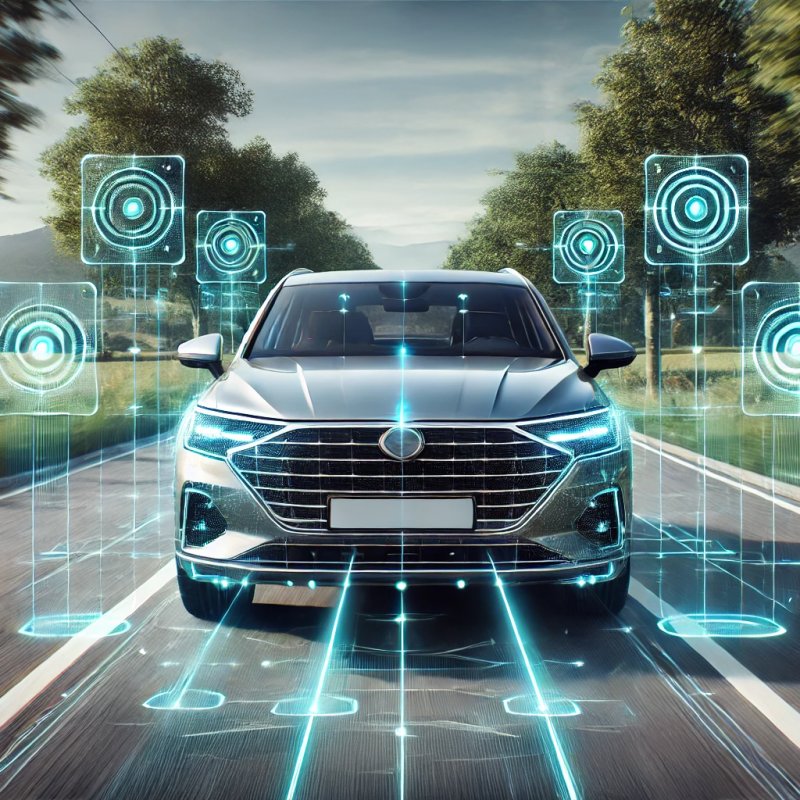Enhance your vehicle's safety with Auto Service Solutions' ACC sensor programming. Our expert automotive programming services ensure precise sensor functionality testing and calibration, delivering top-notch automobile diagnostics and programming for optimal performance.
ACC Sensor Programming Enhances Safety
Ensuring optimal functionality in vehicles significantly contributes to road safety and efficiency. Effective programming enhances adaptive cruise control, allowing advanced driver aids to operate seamlessly and ensuring a safer driving environment.
This meticulous process involves adjustments to electronic control units (ECUs) that manage various safety features, including collision avoidance systems.
When drivers use well-tuned systems, they experience reliable performance, reducing the risk of accidents.
Regular updates and recalibration are necessary to maintain the effectiveness of driver assistance technology. Vehicle owners should prioritize professional services, such as those offered by Auto Service Solutions, to guarantee their safety features function correctly.
Accurate sensor calibration leads to a proactive approach in enhancing road safety.
Understanding Adaptive Cruise Control Functions
Modern automotive technology significantly enhances the driving experience, particularly through advanced features that improve safety and convenience. This functionality is made possible by sophisticated system setups that employ algorithms for interpreting data from an array of sensors.
These sensors play a pivotal role in vehicle communication, as they ensure accurate speed regulation and detect road obstacles.
Smooth braking is facilitated by integrating real-time analytics, allowing quick adjustments to maintain safe distances.
Recognizing the core functions of these systems can greatly benefit vehicle owners, as regular fault detection and maintenance are required to avert safety issues linked to sensor malfunctions. Drivers can perform routine checks and updates to elevate performance tuning, leading to a safer driving experience.
Transitioning into the next topic, exploring sensor calibration techniques can further enhance programming accuracy and reliability in automated driving systems.
Sensor Calibration Techniques For Accurate Programming
Ensuring precise measurements is fundamental to modern automotive engineering. This process relies on effective sensor alignment to provide data that accurately represents real-time vehicle conditions.
Techniques employed for calibration encompass a range of methods, including static and dynamic approaches, each tailored for different applications.
For example, static calibration assesses sensor performance while the vehicle is stationary, while dynamic calibration occurs during motion, improving the performance of adaptive systems.
Regular calibration is crucial for maintaining reliability, addressing potential drift in sensors, and enhancing vehicle maintenance and diagnostics. Transitioning from these calibration techniques lays the groundwork for understanding how fault detection methods work, ensuring reliability in complex automotive systems.
How Do Fault Detection Methods Work
Identifying issues within automotive sensor systems requires a systematic approach. Utilizing diagnostic equipment plays a significant role in evaluating the performance of sensors in real time.
Through optimization techniques, professionals enhance the accuracy of these methods, leading to more reliable results.
Various programming languages are instrumental in developing software tools that support fault detection.
Calibration methods are paramount for ensuring sensors function correctly, while consistent adherence to testing standards upholds system integrity. Overall, integrating these detection principles improves diagnostics and contributes to vehicle safety, ensuring sensors operate effectively across diverse conditions.
Related Posts
Contact
We’re here to help!
Call to schedule a service or ask about our offerings.




